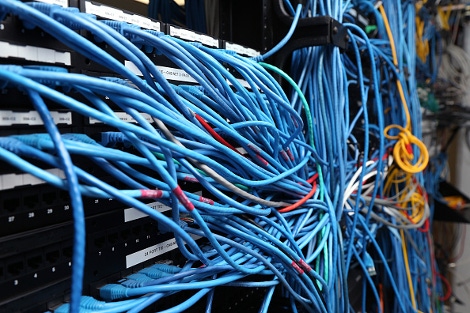Wireless Interconnects Promise Big Data Center Efficiency Wins
NSF awards grant to fund wireless communication within and between servers

It’s no secret that the US government invests a lot of money in research and development efforts around more and more powerful computing systems. Some of that money goes to researchers who spend time pushing the boundaries of energy efficiency of computers and data centers.
The latest example of this investment is a grant to an assistant professor at the Rochester Institute of Technology who believes it’s possible to achieve significant energy efficiency improvements in data centers by eliminating physical interconnects both within and between servers.
Amlan Ganguly, a faculty member at RIT’s Kate Gleason College of Engineering, has been publishing research papers on wireless and photonic communication mechanisms within circuits for several years now. His next project is to scale that approach beyond the chip, to enable wireless interconnection between components of a server and between servers in a data center. The nearly $600,000 grant from the National Science Foundation will fund those effort over the next five years.
“We want to revolutionize that mechanism of communication within servers with wireless interconnects,” Ganguly said in a statement. “The crux of the approach is to replace the legacy internet type of connections with the novel wireless technology which we project to be significantly more power efficient than the current state of the art.”
He described the project as “high-risk,” citing significant challenges with interconnecting what could be tens to hundreds of servers with the same wireless frequency. There’s a lot of crosstalk, or interference, which makes it challenging to create an effective way to manage that communication.
This is not the first time the NSF has funded a research project Ganguly has been involved in. At least one project where he was the lead investigator and three others where he participated in a non-principal role have received grants from the foundation over the last seven years. Most of them were projects that researched wireless on-chip communications.
About the Author
You May Also Like

.jpg?width=300&auto=webp&quality=80&disable=upscale)





